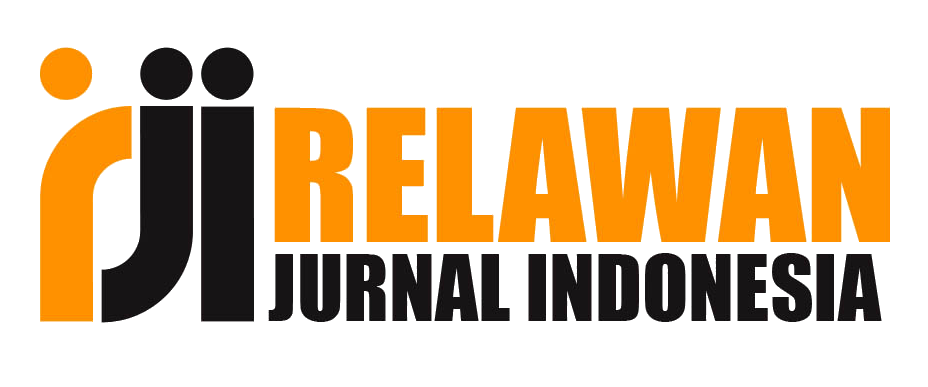PENGEMBANGAN E-MODUL METODE TOTAL PHYSICAL RESPONSE DALAM MENGENALKAN KOSAKATA PADA ANAK USIA 4-5 TAHUN DI TK NUSA INDAH, DESA TOTO UTARA, KEC. TILONGKABILA, GORONTALO
DOI:
https://doi.org/10.33061/jai.v6i2.6702Abstract
This research was carried out with the aim of being a learning solution by developing
an E-Module Total Physical Response (TPR) method in introducing vocabulary
to children aged 4-5 years (development research in group A, Nusa Indah Kindergarten,
North Toto Village, Tilongkabila District, Kab. Bone Bolango, Gorontalo).
The method used in this study is a research and development method with the Hannafin
and Peck model. In collecting data using observation, interviews, documentation
and questionnaires in the form of questionnaires. The results of the expert validation
test showed that 83%, with the E-Modul product category, was very suitable
for use in learning. In the small group trial by the teacher, it got a percentage score
of 89%, with the E-Modul product category being very well used in the learning
process. The small group trial on children got a score of 3, with the E-Modul product
category being good for use in the learning process. As for the field trial, the teacher
got a percentage score of 90%, with the E-Modul product category being very well
used in learning. And field trials on children got a score of 3, with the E-Modul
product category being good for use in learning. Based on the trial data, the development
of the E-Modul Total Physical Response learning method provides benefits
to children by developing the six aspects of child development.
Downloads
Downloads
Published
How to Cite
Issue
Section
License
Copyright (c) 2022 Ni Putu Lilis Suryani, Setiyo Utoyo, Nunung Suryana Jamin, Yenti Juniarti

This work is licensed under a Creative Commons Attribution-NonCommercial 4.0 International License.
Authors who publish this journal agree to the following terms:
- Authors retain copyright and grant the journal right of first publication with the work simultaneously licensed under a Creative Commons Attribution License that allows others to share the work with an acknowledgement of the work's authorship and initial publication in this journal.
- Authors can separately make additional contractual arrangements for non-exclusive distribution published by the journal (e.g., publish it in a book), with an acknowledgement of its initial publication in this journal.
- Authors are allowed and encouraged to send their work via online (e.g., in the institutional repositories or their website) after published by the journal.
















